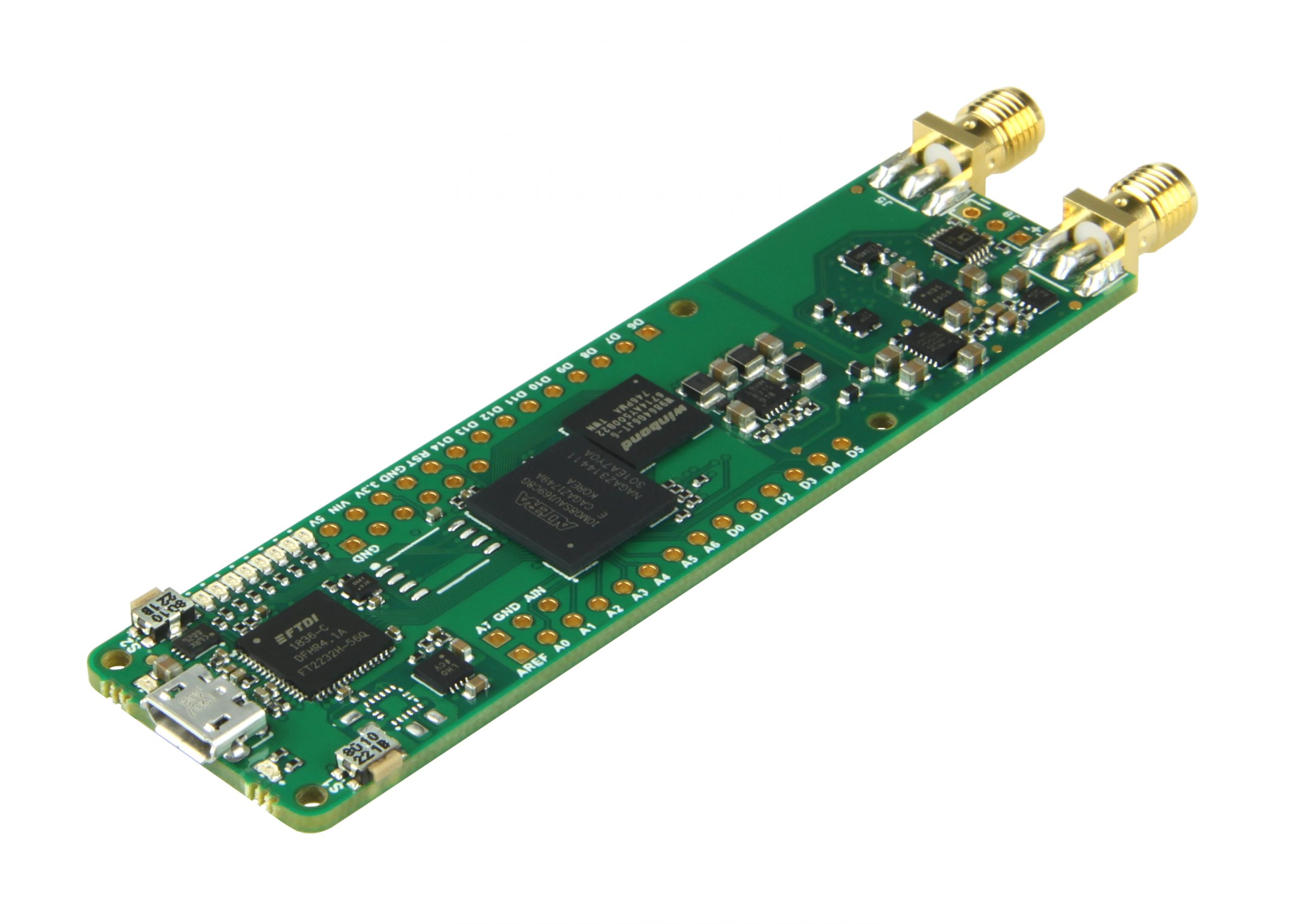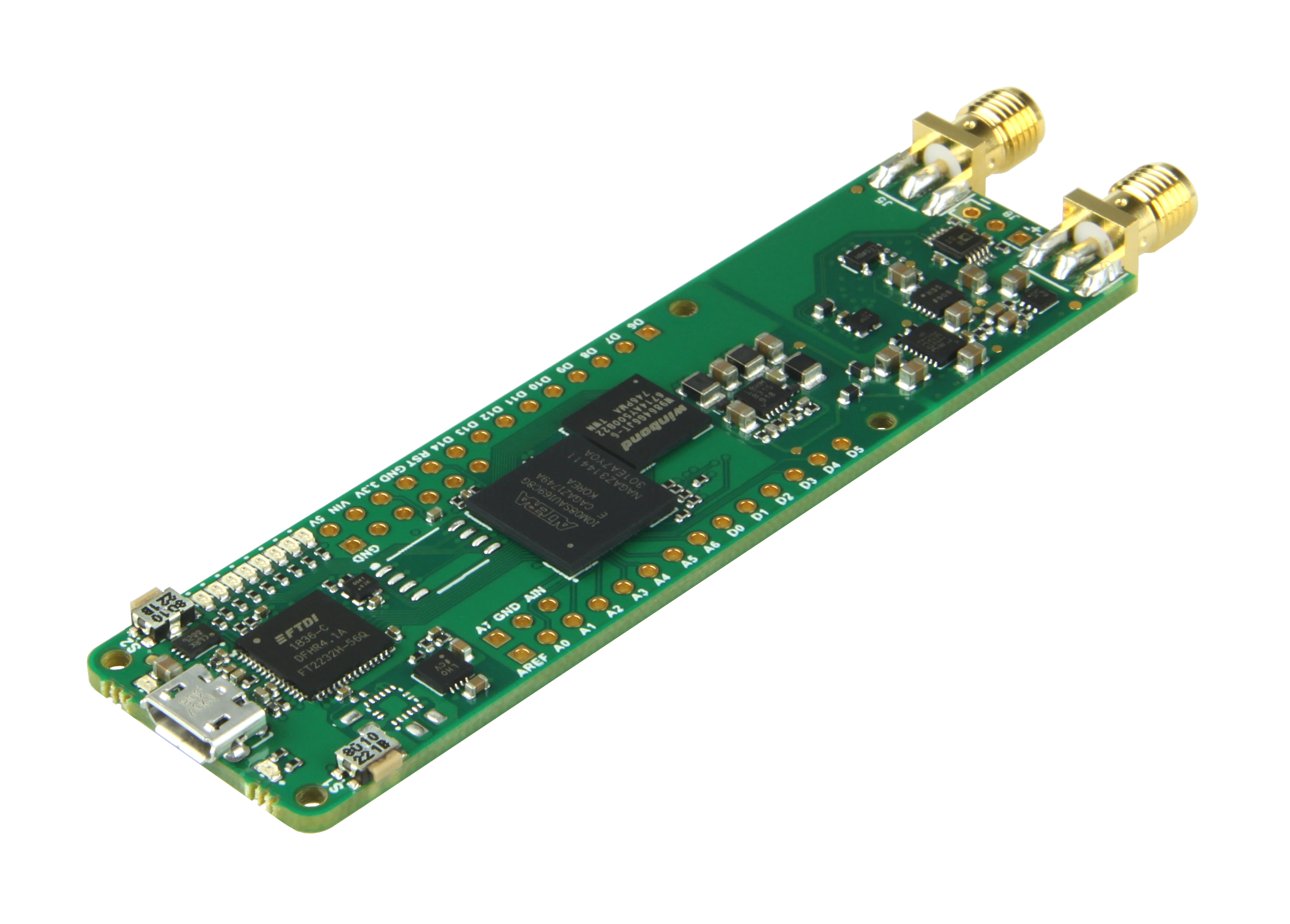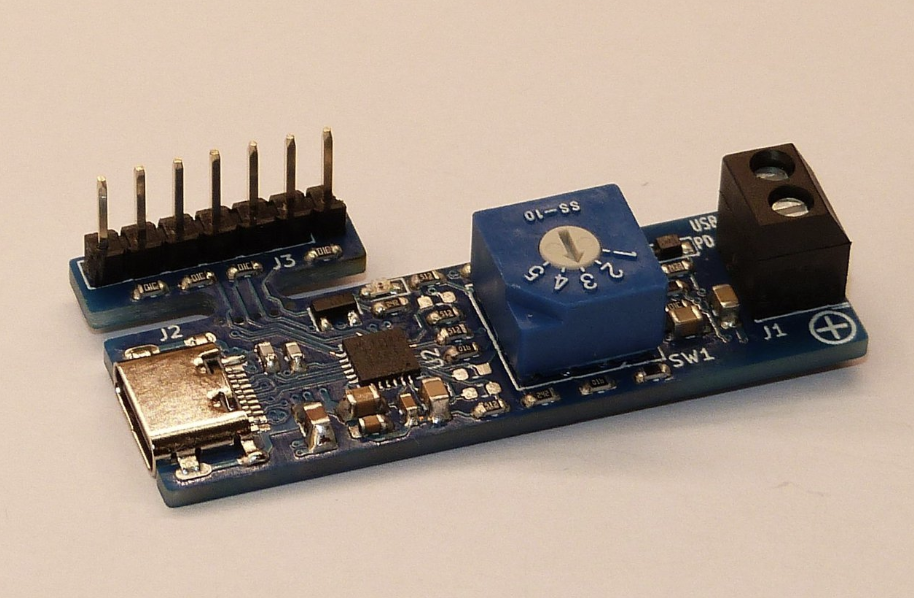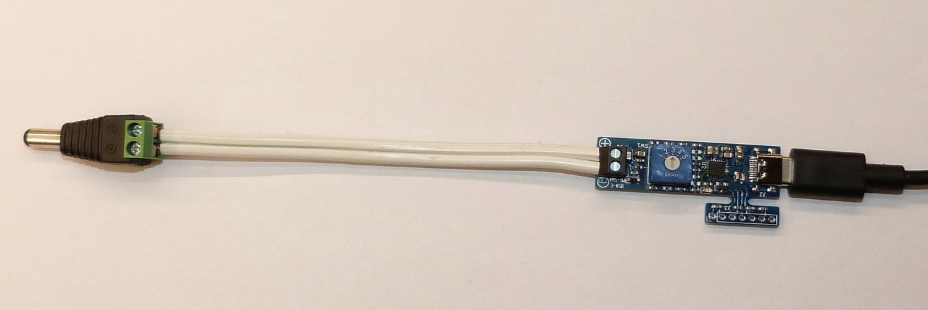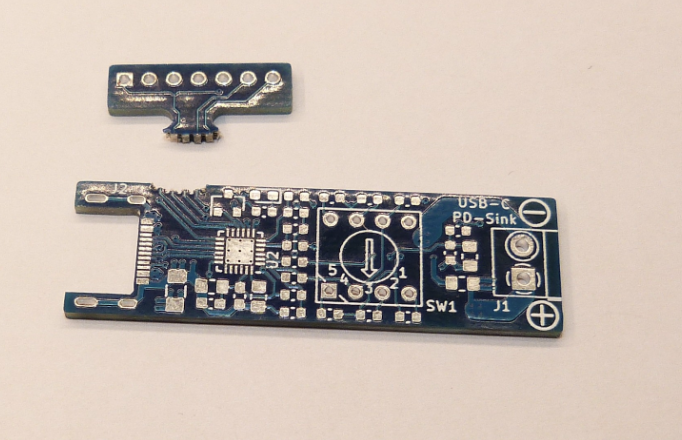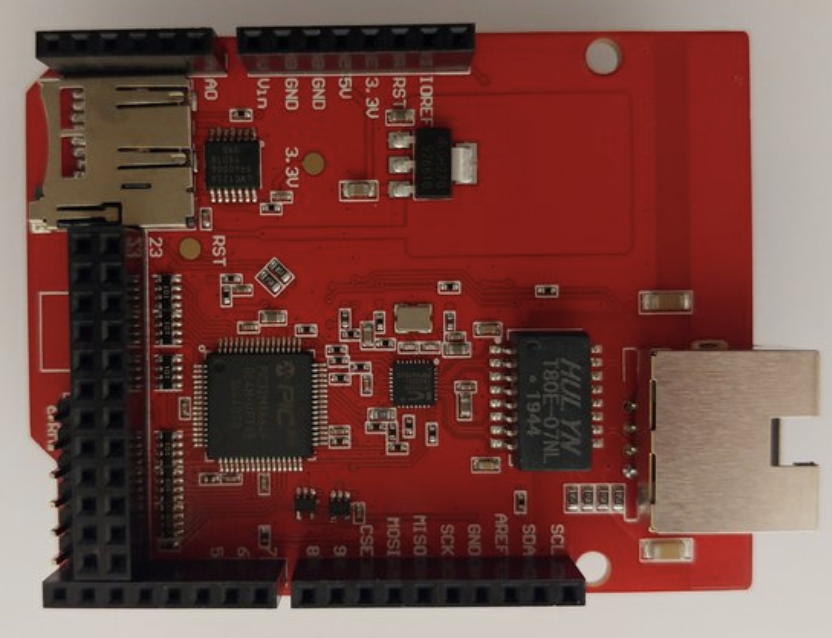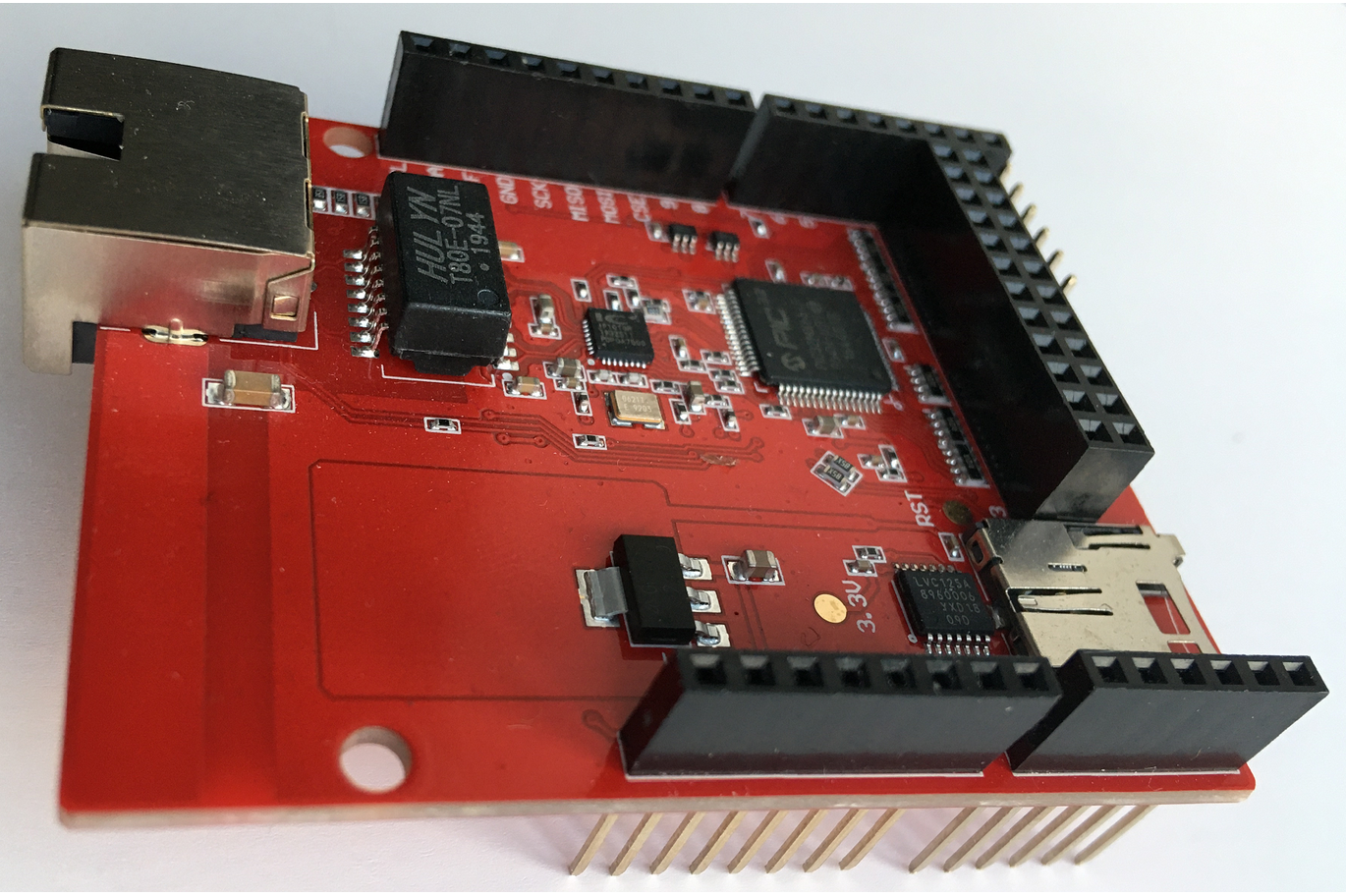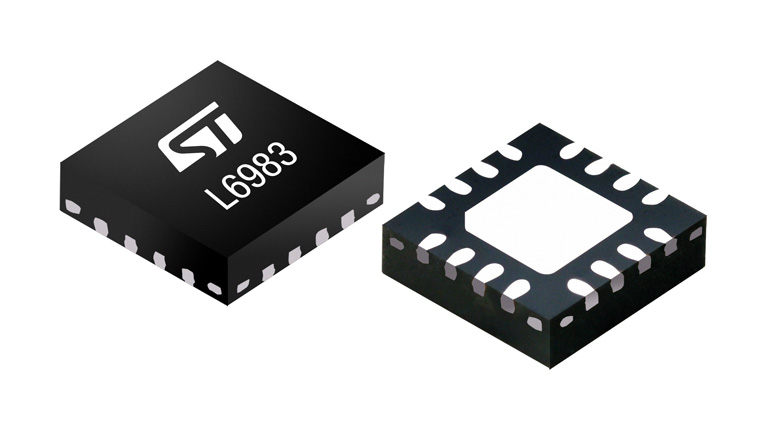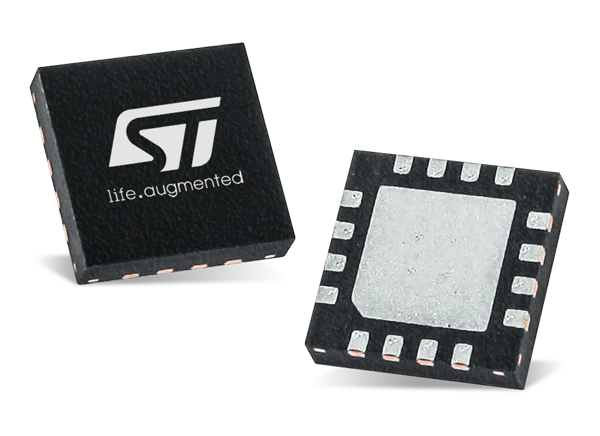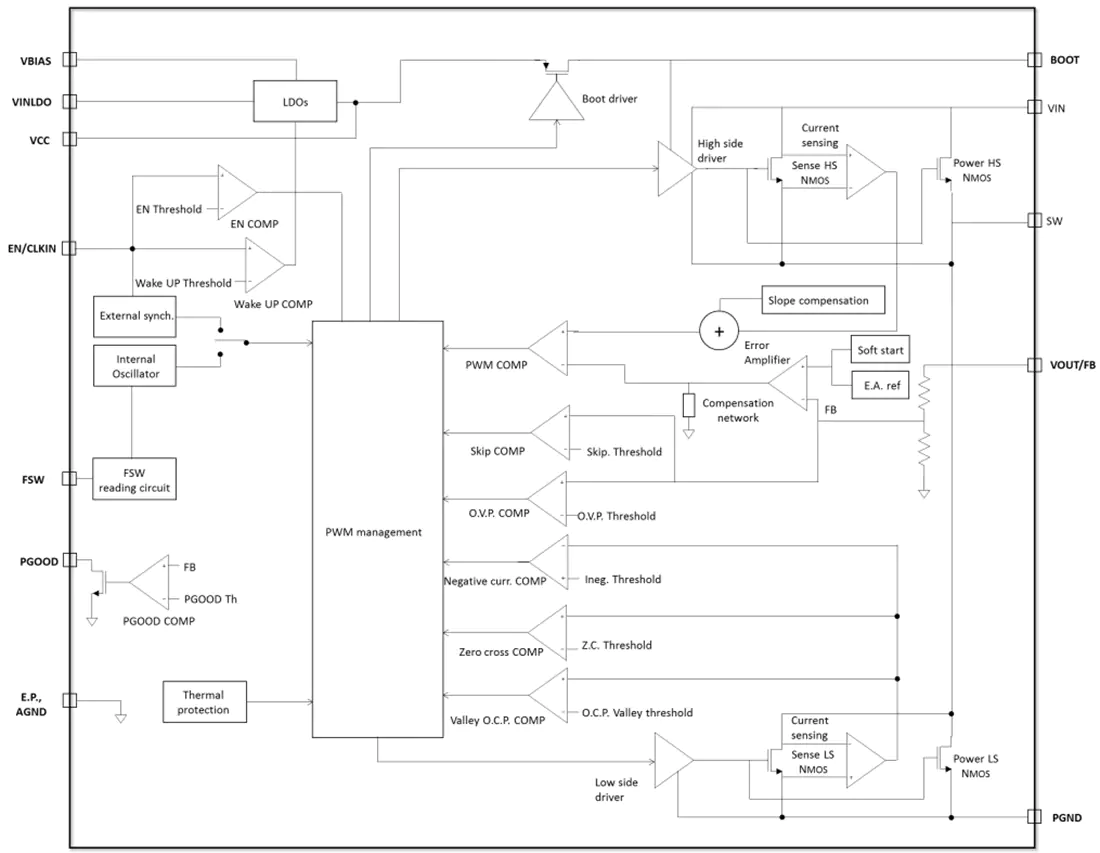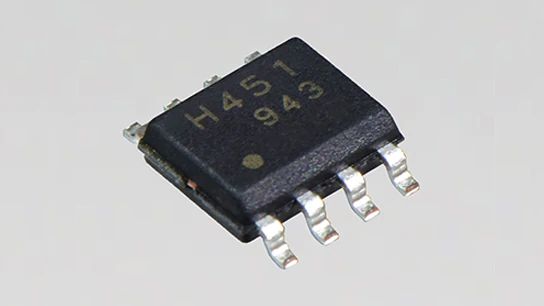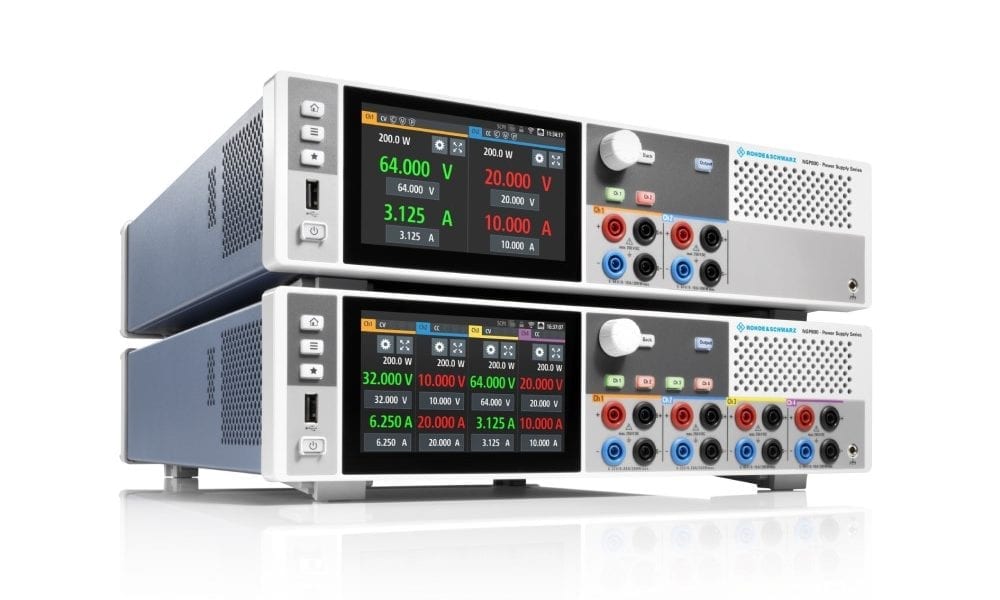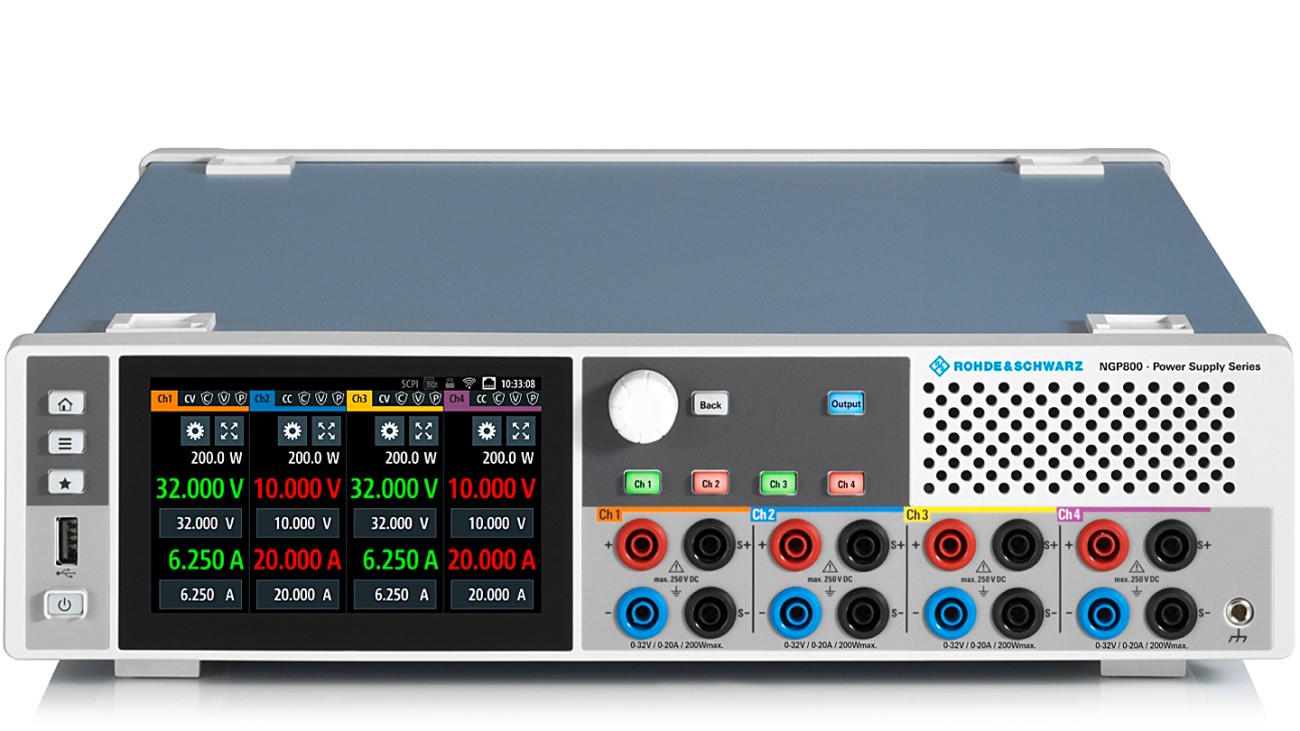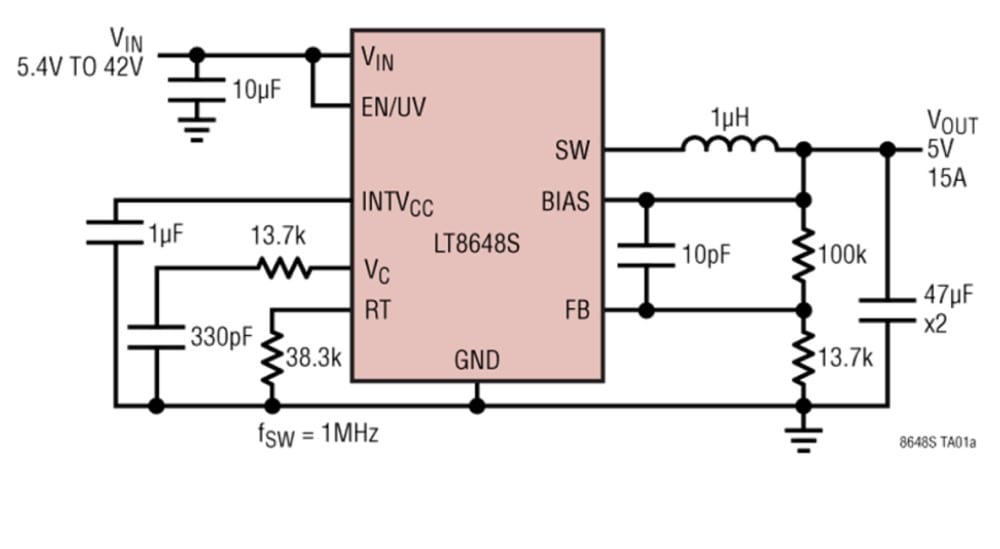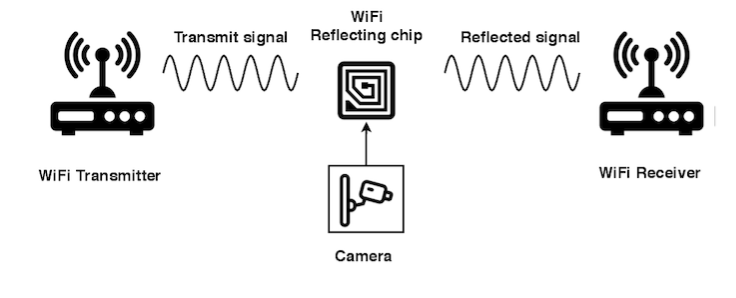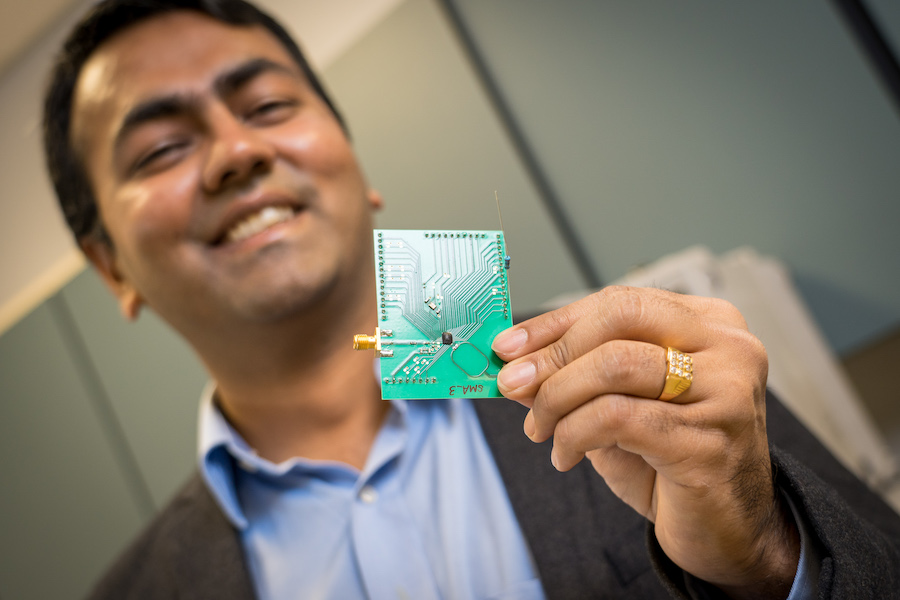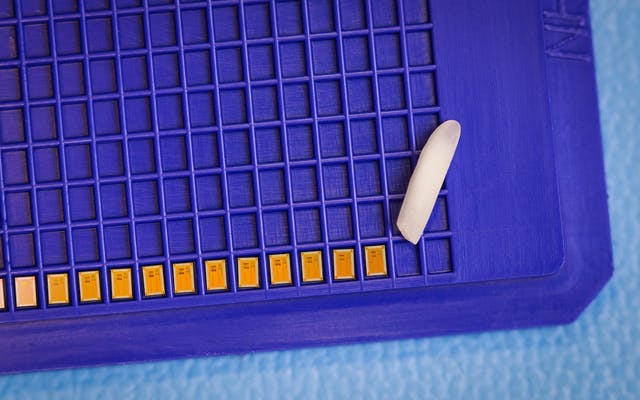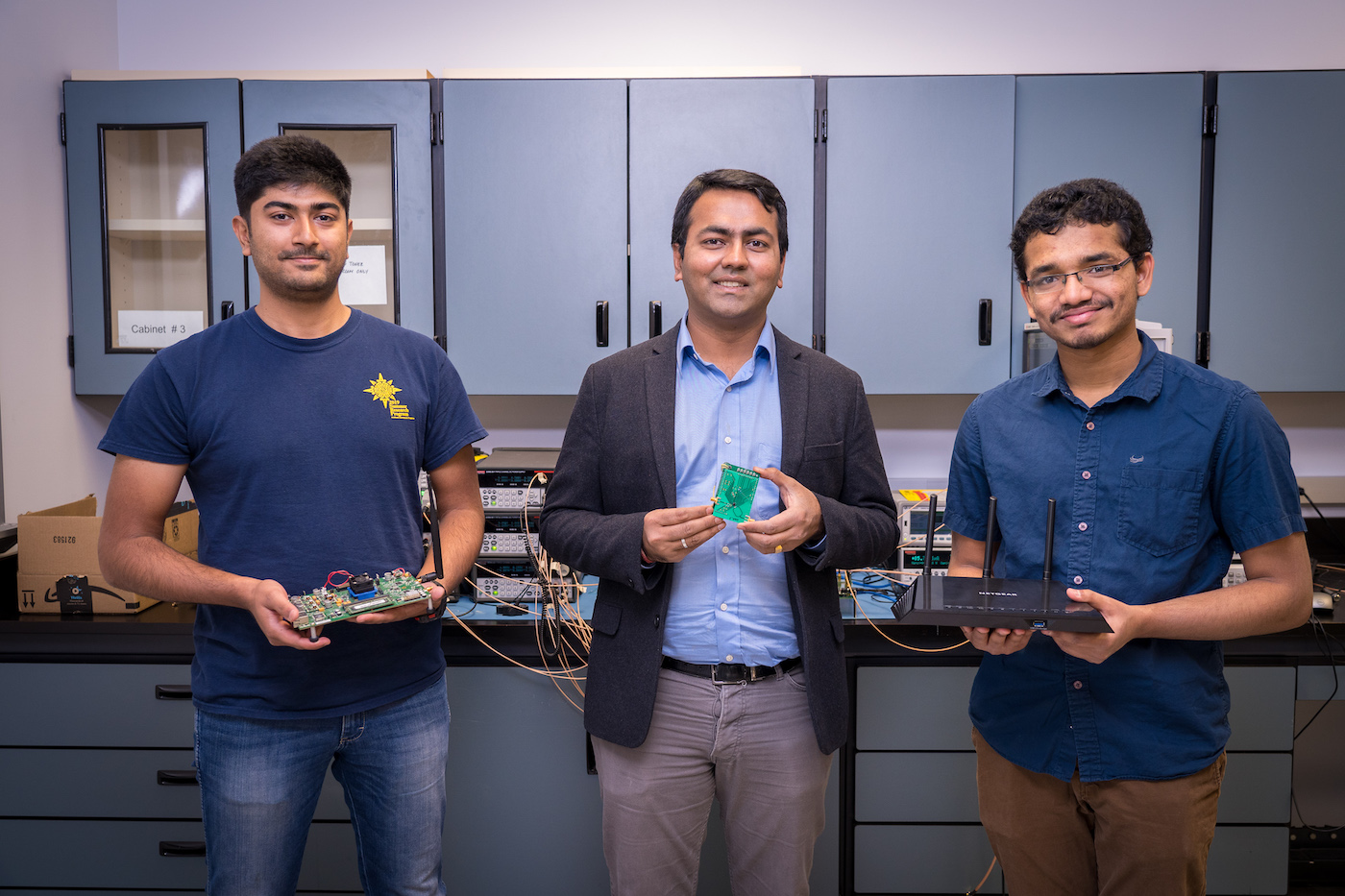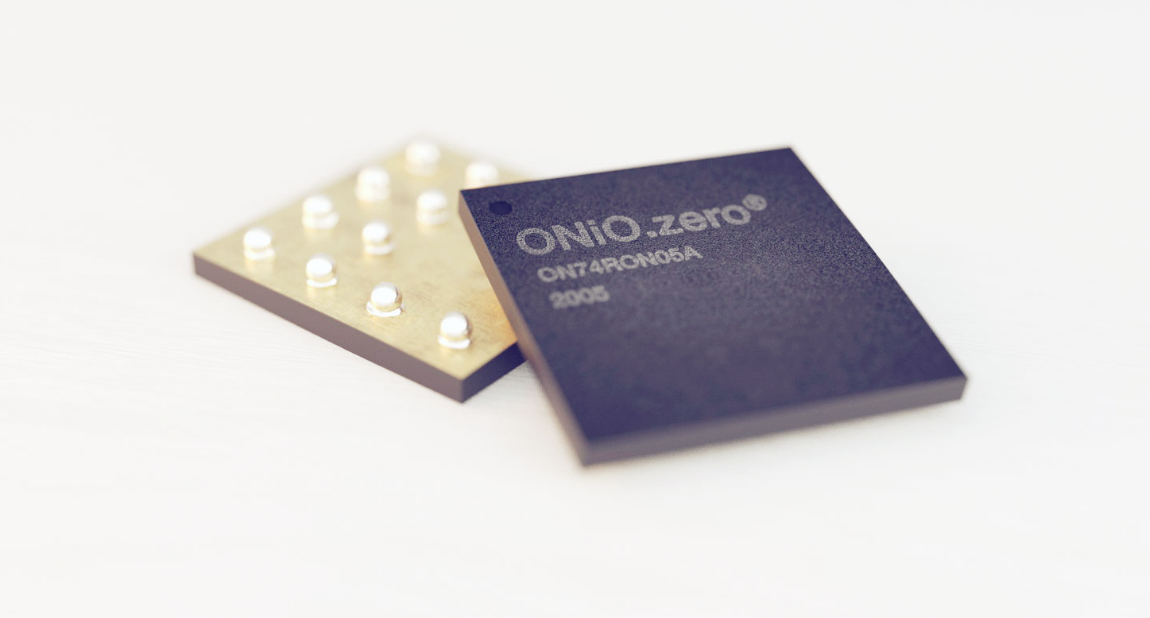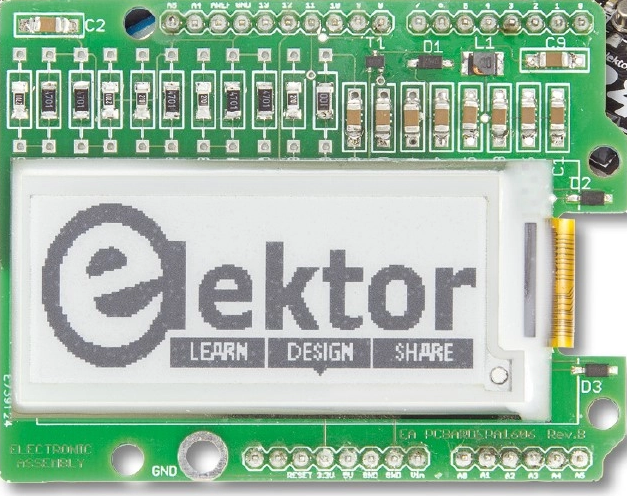Low-power, low-noise Analog Devices ICs and Intel MAX 10 FPGA in compact 86.5mm x 25mm outline
Analog Devices and Arrow Electronics have worked with Trenz Electronic GmbH to produce three ready-to-use data-acquisition platforms that relieve the design and electronics manufacturing services for developers of professional measurement instruments.
Benefits of the AnalogMAX-DAQ1 Platform:
- High-accuracy analog front-end: Ideal for applications requiring accurate data capture at high throughputs
- Flexible platform: Based on the programmable Intel® MAX® 10 FPGA, easily adjusts to a wide range of use cases and production needs
- Rapid prototyping and product development: Rapid development and testing with an out-of-the-box experience that includes a Jupyter notebook demo with Python code
- Quick customization services: Add new functionality, lower BOM cost, or have the complete product designed
The AnalogMAX-DAQ1, AnalogMAX-DAQ2 and AnalogMAX-DAQ3 each combine an Analog Devices’ high-performance precision data acquisition signal chain and power solution, an Intel MAX 10 FPGA and a memory subsystem comprising up to 64Mb 166MHz SDRAM, 64Mb Quad SPI Flash, and 4Kb EEPROM in a compact 86.5mm x 25mm form factor. With a Micro USB receptacle, 23 GPIOs, and two SMA connectors, these platforms can be deployed in portable instrumentation and desktop equipment such as medical devices, as well as process-controllers and automated test equipment (ATE).
The AnalogMAX-DAQ1 is a high-accuracy programmable data-acquisition platform that integrates a complete precision signal chain for capturing high-frequency signals. This platform is based on the Analog Devices’ AD4003 18-bit 2Msample/s Easy Drive differential SAR ADC (analog-to-digital converter). An AD8251 10MHz programmable-gain instrumentation amplifier and AD8475 funnel amplifier provide low-noise gain and single-ended to differential signal conversion for driving the ADC. This platform can also be used with the pin-compatible AD4001, or AD4020 differential SAR ADC, offering users the choice of 16-, 18-, or 20-bit resolution and throughput from 500ksample/s to 2Msample/s.
Features:
- Intel® MAX 10 Commercial [10M08SAU169C8G]
- Package: UBGA-169
- Speed Grade: C8 (Slowest)
- Temperature: 0°C to 85°C
- Package compatible device 10M02…10M16 as assembly variant on request possible
- SDRAM Memory up to 64Mb, 166MHz
- Dual High-Speed USB to Multipurpose UART/FIFO IC
- 64 Mb Quad SPI Flash
- 4Kb EEPROM Memory
- 8x User LED
- Micro USB2 Receptacle 90
- 18 Bit 2MSPS Analog to Digital Converter
- 2x SMA Female Connector
- I/O interface: 23x GPIO
- Power Supply:
- 5V
- Dimension: 86.5mm x 25mm
- Others:
- Instrumentation Amplifier
- Differential Amplifier
- Operational Amplifier
The AnalogMAX-DAQ2 leverages Analog Devices ADAQ798x 16-Bit μModule data acquisition System-in Package (SiP) solution, which reduces end system component count by combining multiple common signal processing and conditioning blocks into a single device including a low-noise, high-bandwidth ADC driver, a stable reference buffer, and a high-accuracy 16-bit SAR ADC , and efficient power-management circuitry. This platform comes with an option of the 1Msample/s ADAQ7980 or 500ksample/s ADAQ7988 μModule, driven by an AD8251 instrumentation amplifier. The ADAQ798x also integrates critical passive components to ensure specified performance, enabling users to achieve over 90dB typical signal-to-noise ratio (SNR) and -105dB typical total harmonic distortion (THD).


